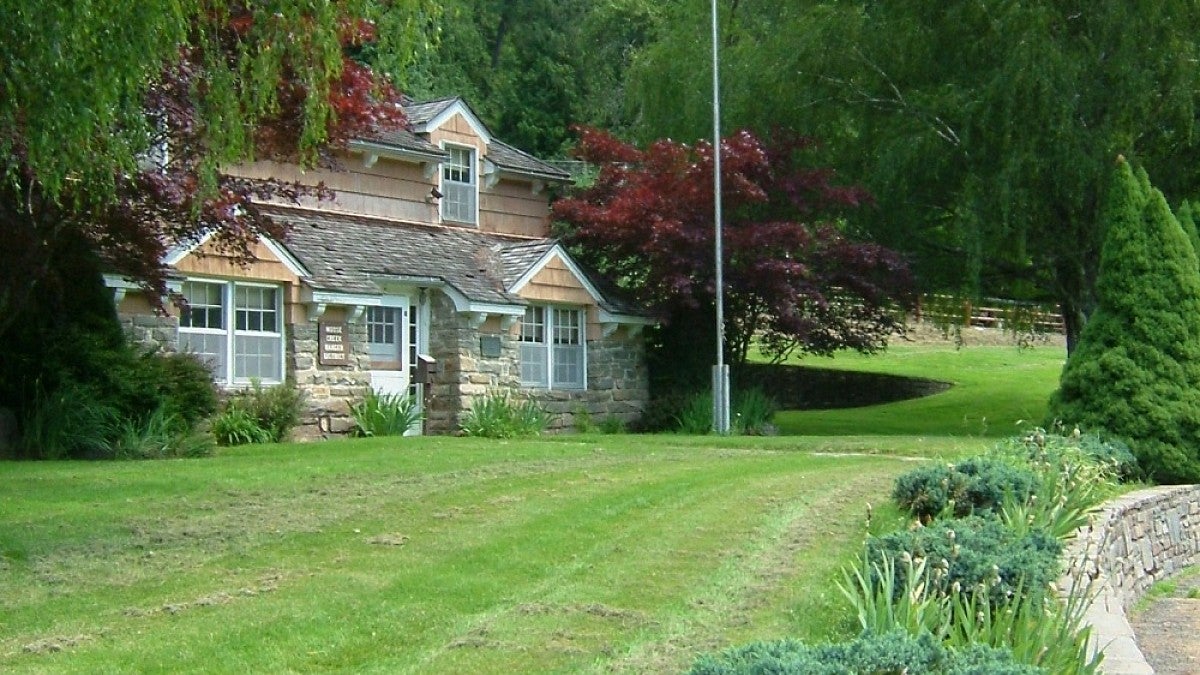A ranger station the Civilian Conservation Corps began building in 1936 will become the hands-on site for education of future historical preservationists and enthusiasts this summer.
Fenn Ranger Station, located near Kooskia, Idaho, in the Nez-Perce National Forest, will serve as the University of Oregon’s 2017 Pacific Northwest Preservation Field School from Aug. 13 to Sept. 15.
Participants from diverse backgrounds — cultural resource professionals, undergraduate and graduate students, and those with little field experience but an interest in heritage —will converge at the site to experience and learn about historic preservation firsthand.
The ranger station, which was added to the National Register of Historic Places in 1990, serves as the headquarters of the Moose Creek Ranger District, covering 870,000 acres of forest. The main administration building, constructed of a stone foundation with a wooden frame, was completed in 1937.
Designed to cover several themes in four weeks, the field school will include eight to 10 participants per week ranging in age from 18 to 80, according to director Shannon Sardell.
“We have architects, landscape architects, historians, archaeologists, anthropologists, cultural resource managers, planners and craftspersons. The list of professions that we touch goes on and on,” Sardell said.
The sessions vary in intensity throughout the duration. A week focusing on a preservation primer is for those students without much experience; a materials-intensive week revolves around stone masonry preservation techniques such as raking joints, matching mortars, testing mortar and repointing; and the cultural landscape inventory week entails workshops and field exercises to collect and catalog information about the site.
“We are in a different region of the Pacific Northwest annually, and we get to work with and learn from a diversity of historic sites and the people that have been affected by them,” Sardell said. “Our field school brings lots of different people and their perspectives together into a community atmosphere where we can learn from each other and broaden our understandings of the places we preserve.”
Applications for the field school will continue to be accepted on a first-come, first-served basis until Aug. 1; participants can earn two graduate or undergraduate credits for each repeatable one-week session. The Elisabeth Walton Potter Oregon Heritage Preservation Scholarship, which is only available to Oregon residents, may cover field school expenses and all enrollees are encouraged to apply.
For more information, contact field school director Shannon Sardell at ssardell@uoregon.edu, or the field school office at pnwfs@uoregon.edu or 541-346-2089.
—By Laurie Notaro, University Communications


